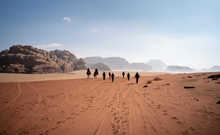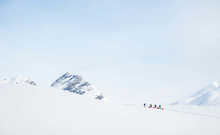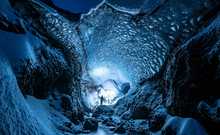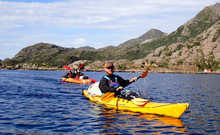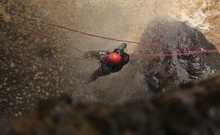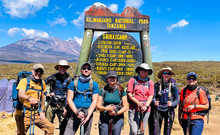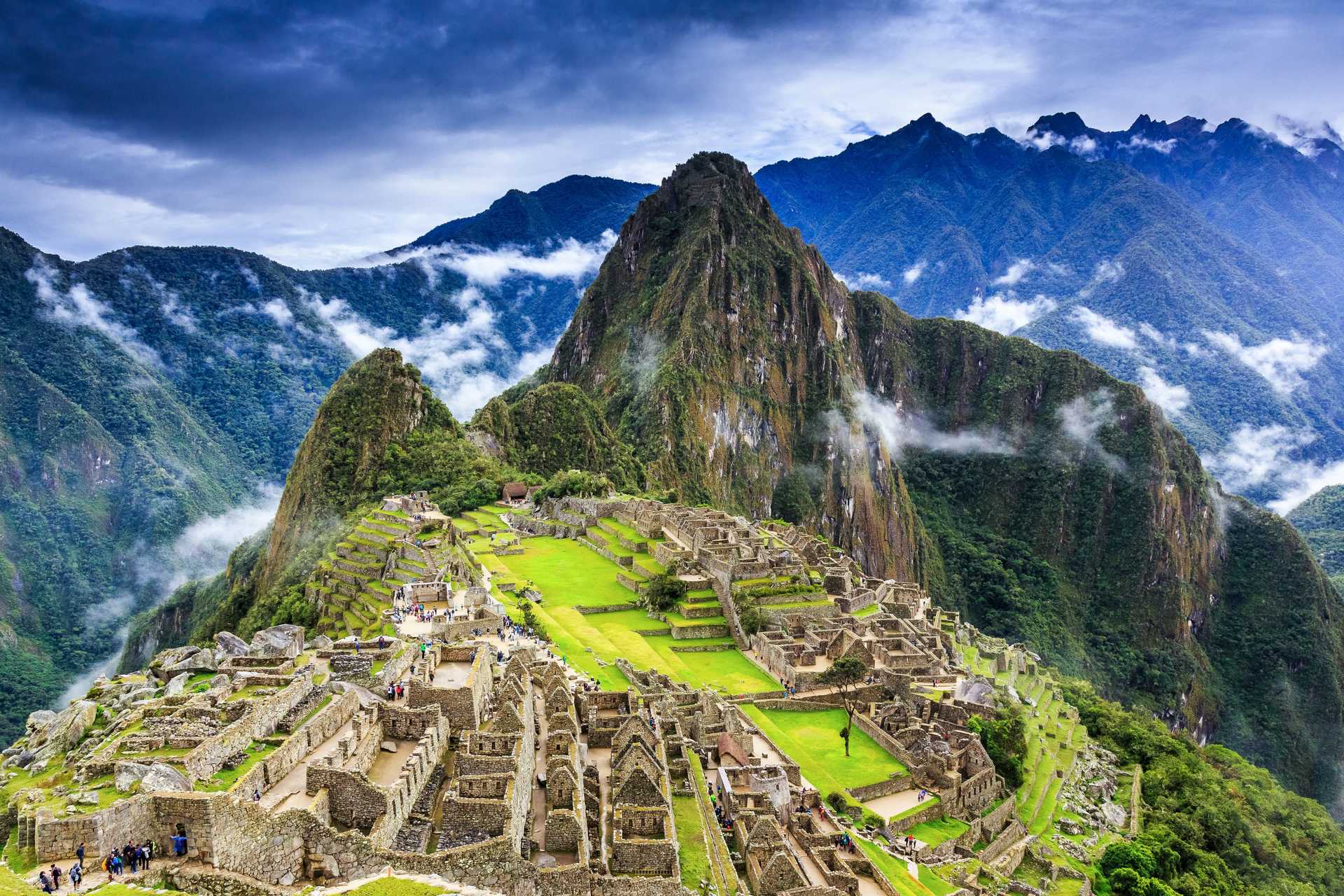Unravel the mystery of why Machu Picchu was abandoned, theories behind its desertion, and how the Inca citadel remained hidden for centuries
Machu Picchu is one of the world’s most iconic archaeological sites, perched high in the Andes of Peru. Often called the “Lost City of the Incas,” it’s fascinated historians, travellers, and adventurers for over a century.
But one question continues to intrigue everyone who visits or reads about this ancient citadel:
Why was Machu Picchu abandoned and forgotten?
In this article, you’ll learn when and why the Incas left the site, how the city survived centuries of isolation, and the role of vegetation and geography in preserving its structures.
What you’ll learn:
- An overview of Machu Picchu history
- Theories behind its abandonment by the Incas
- Why a guide is essential for visiting Machu Picchu
- FAQs about the historical site
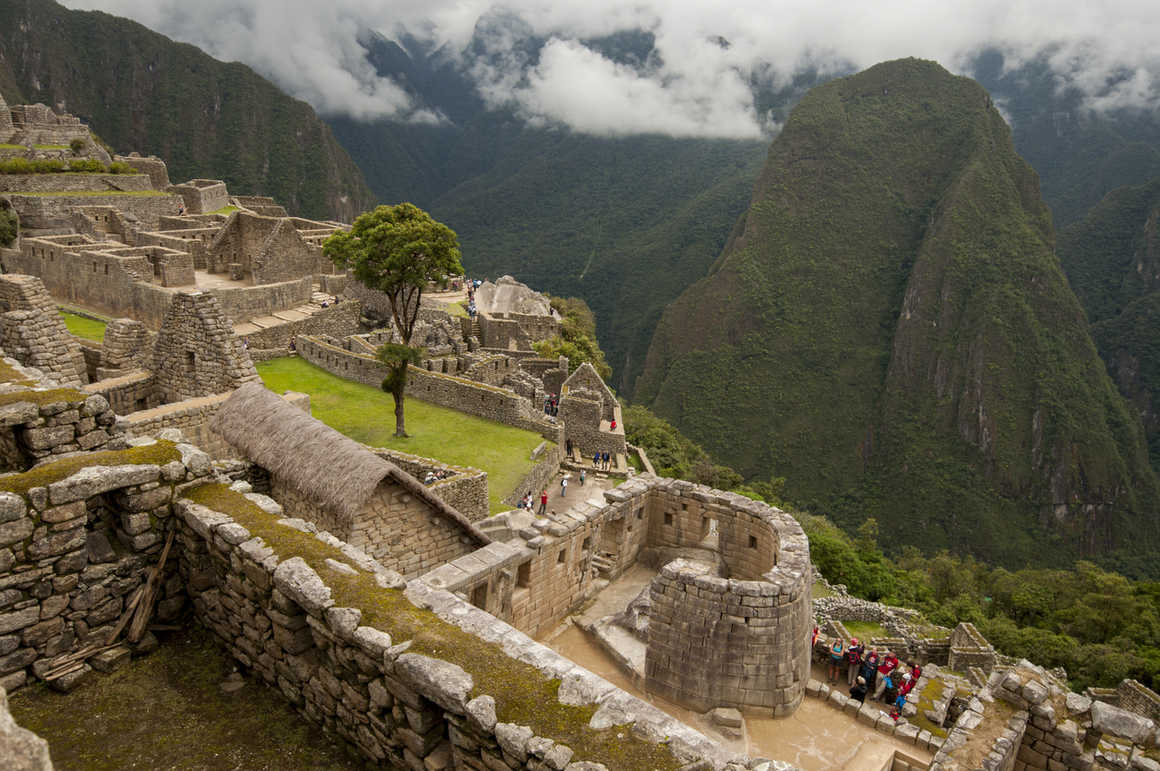
A brief history of Machu Picchu: What happened before abandonment?
The Inca Empire built Machu Picchu around 1450, during the reign of Emperor Pachacuti Inca Yupanqui. Sitting high in the Andes Mountains, the site likely served as a royal estate or spiritual retreat for Inca nobility.
Inca engineers carved the city from granite rock. They created terraces, temples, and plazas that blended perfectly with the surrounding landscape.
The Incas also used advanced construction techniques to make the site earthquake-resistant, showcasing the empire’s remarkable skill and precision.
For nearly a century, Machu Picchu thrived as a sacred and administrative centre before the Spanish conquest of the 16th century. The conquest began to unravel Inca society, setting the stage for its eventual abandonment.
When was Machu Picchu abandoned?
The Incas abandoned Machu Picchu in the mid-16th century, around the time the Spanish conquistadors overthrew the Inca Empire.
Remarkably, the Spanish never actually found Machu Picchu. This stroke of luck spared it from the looting and destruction that devastated many other Inca cities. Hidden deep in the cloud forest and surrounded by steep mountains, the site remained untouched.
Over the centuries, thick jungle vegetation slowly enveloped the terraces, temples, and stone walls. This natural cover shielded the ruins from erosion and human interference. As a result much of the city’s architectural brilliance is intact.
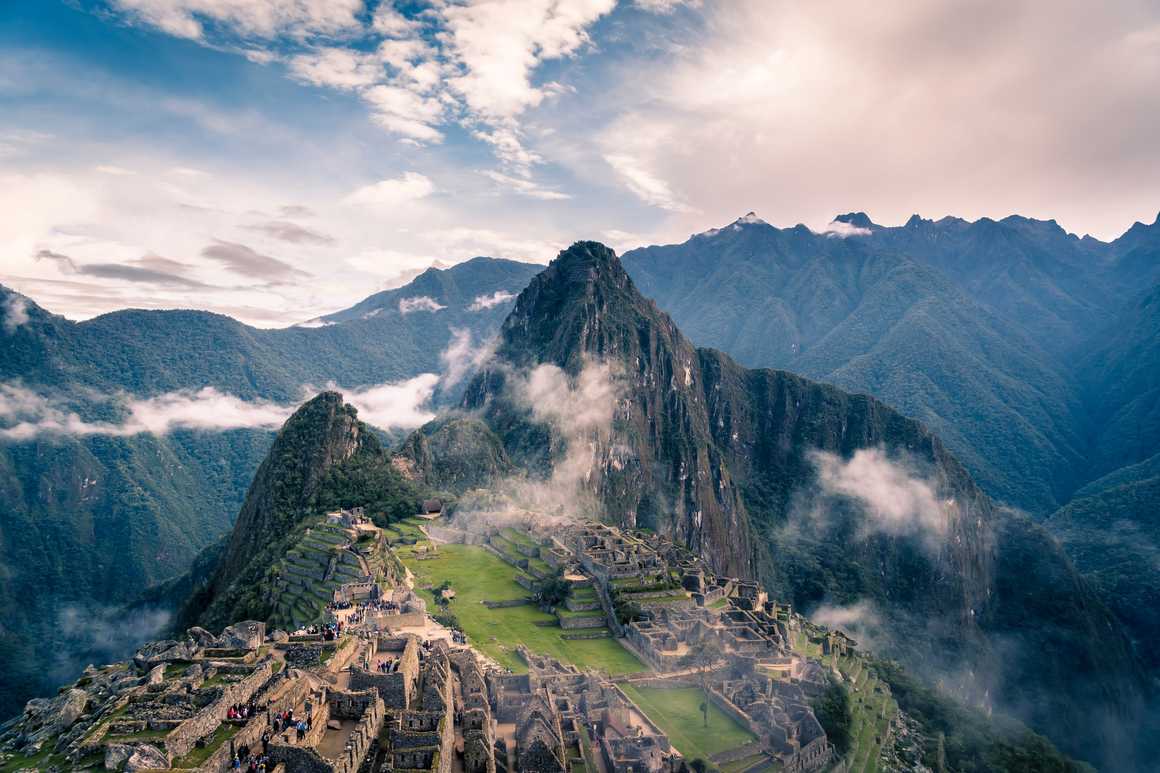
Why did the Incas abandon Machu Picchu?
No one knows exactly why the Incas left Machu Picchu. However, historians have pieced together several possible explanations:
- The Spanish conquest. Although the Spanish never found Machu Picchu, the collapse of the Inca Empire may have forced its inhabitants to leave for safer or more politically secure regions.
- Disease. Smallpox and other European diseases spread rapidly through the Inca population in the early 1500s, decimating communities and disrupting daily life.
- Strategic retreat. Some researchers suggest that Machu Picchu may have been a seasonal retreat or ceremonial site rather than a permanent settlement, which could explain why it was abandoned without a fight.
While the exact reason remains a mystery, one thing is clear: Machu Picchu’s isolation helped preserve it, allowing us to marvel at it centuries later.
The rediscovery of Machu Picchu
For almost four centuries, dense jungle vegetation hid Machu Picchu from the outside world. A few local farmers knew of its existence, but the rest of the world had no idea it was there.
That changed in 1911 when Hiram Bingham III (an American explorer and Yale historian) set out to find the lost Inca capital of Vilcabamba.
Guided by local farmer Melchor Arteaga, Bingham climbed through thick forest and steep slopes. Eventually, he reached the terraces and stone structures of Machu Picchu.
Bingham documented the site with photographs, maps, and field notes. He then shared his findings with the world through National Geographic in 1913. His reports ignited global fascination and established Machu Picchu as one of the most important archaeological discoveries of the 20th century.
Before Bingham’s expedition, Agustín Lizárraga, another local farmer, had already visited the site in 1902 and carved his name into the Temple of the Three Windows – a discovery Bingham later confirmed.
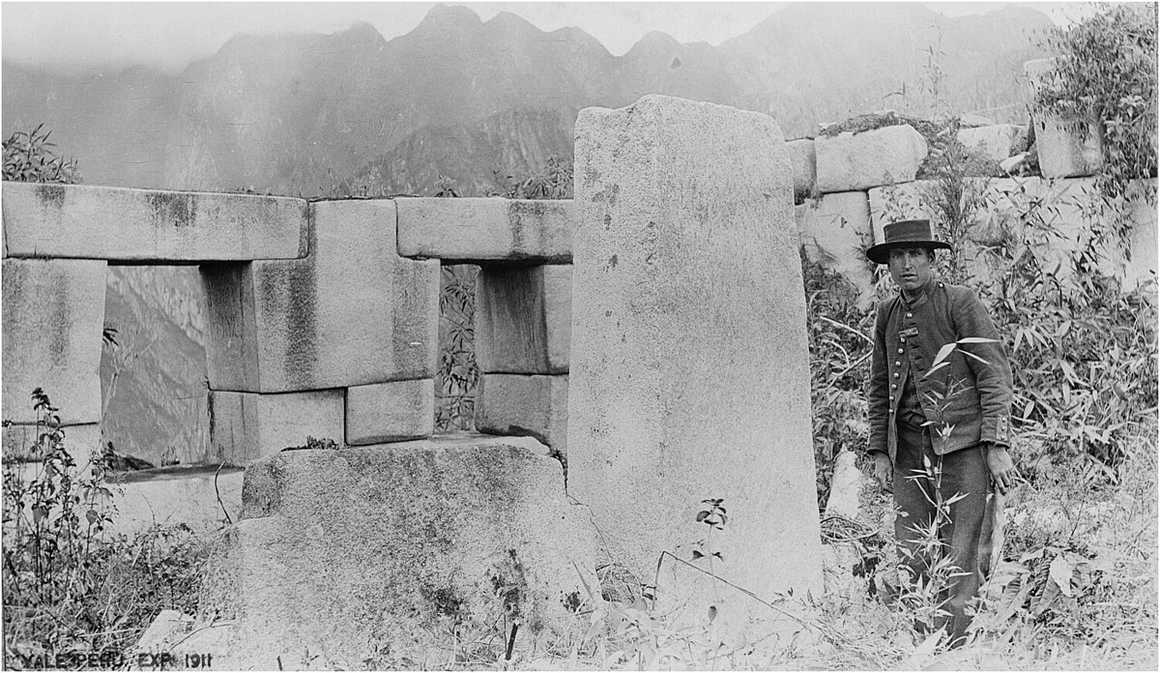
Machu Picchu from 1911 and beyond
Since Hiram Bingham’s rediscovery in 1911, archaeologists and historians have worked tirelessly to uncover the secrets of Machu Picchu. Excavations have revealed a complex city that reflects the Incas’ advanced understanding of engineering, agriculture, and astronomy.
Researchers continue to study its precisely cut granite walls, ingenious water channels, and terraced farming systems that made life possible high in the Andes.
Experts have also used modern technology to document and monitor the site. 3D mapping and drone surveys are a few examples. These tools help archaeologists understand how the Incas designed the city to withstand earthquakes and heavy rainfall.
Peru’s government introduced strict preservation and visitor management programs to protect Machu Picchu from erosion and overcrowding. Daily visitor limits, guided routes, and conservation projects ensure that tourism remains sustainable while preserving the ancient citadel.
Today, Machu Picchu welcomes over a million visitors each year. People travel from far and wide to walk its terraces, explore its temples, and take in breathtaking views of the surrounding Andes mountains.
Despite the centuries that have passed, the site continues to embody the spirit, artistry, and resilience of the Inca civilisation.
Machu Picchu FAQs
What is Machu Picchu?
Machu Picchu is a 15th-century Inca citadel in the Andes Mountains of Peru. The area is famous for its stone temples, terraced slopes, and breathtaking mountain views.
When was Machu Picchu built?
The Incas built Machu Picchu around 1450, during the reign of Emperor Pachacuti.
How long was Machu Picchu abandoned?
Machu Picchu remained hidden for almost 400 years, from the early 1500s until its rediscovery in 1911.
Why is Machu Picchu important in history?
Machu Picchu is one of the best-preserved examples of Inca civilisation. It showcases brilliant engineering, terraced farming, and sophisticated water systems, giving us a rare glimpse into Inca life.
What year was Machu Picchu abandoned?
Historians believe the Incas abandoned it around 1532, but there’s no concrete timeline.
How high is Machu Picchu?
Machu Picchu sits 2,430 meters (7,970 feet) above sea level, according to this article about the historic sanctuary of Machu Picchu from the UNESCO World Heritage Convention. The landscape is surrounded by lush green peaks and the Urubamba River below.
When is the best time to visit Machu Picchu?
The best time to trek in Machu Picchu is between April and October, during the dry season. Mornings bring mist over the ruins, while afternoons often offer clear skies and sweeping views.
Do you need a guide to visit Machu Picchu?
Yes, Peruvian regulations require that all visitors enter the site with an official guide to make sure that tourists:
- Comply with local rules
- Access the correct circuits
- Gain insights into the history, architecture, and cultural significance of the citadel
Hiring a guide in advance also helps avoid long lines, last-minute overcharges, and confusion about tickets or entry times. Guided tours also make your Machu Picchu experience smoother, safer, and far more meaningful.
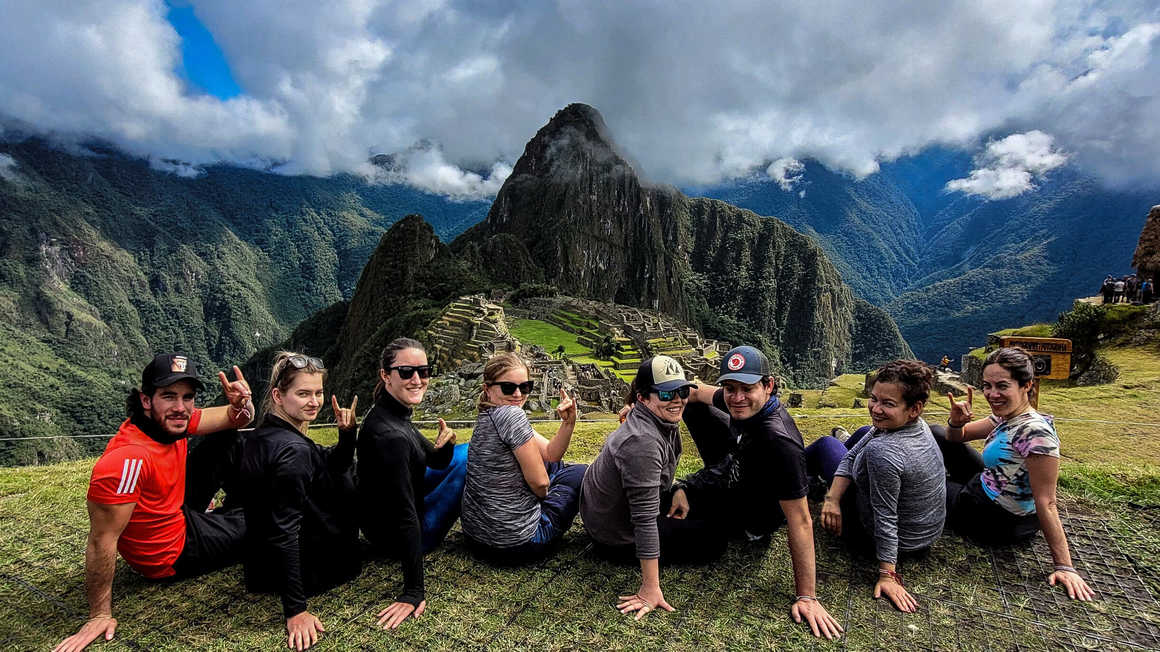
Visiting Machu Picchu: Why a guided trek is worth it
Organising a trip to Machu Picchu can be surprisingly complicated. Between Inca Trail permits, entry tickets, Machu Picchu permits, circuit routes, and transport options, it’s easy to feel lost before you even arrive.
Booking a guided trek takes that pressure off your shoulders. Here are some of the benefits of using an adventure travel company such as Kandoo for your trip to Peru:
- Enter Machu Picchu with a licensed guide. As mentioned, visitors must explore Machu Picchu with a licensed guide. Booking a trip with a reliable tour operator includes an official guide who can show you the highlights and history of the area.
- Let someone else handle the logistics. From securing the right permits (which are limited and often sell out months ahead) to booking tickets for the correct Machu Picchu circuit entry for your visit, an experienced tour operator handles the logistics for your trip.
- Choose the right route for your goals. Different routes to Machu Picchu require varying levels of fitness, and booking guided treks makes it easier to pick the best route for you. At Kandoo, for example, we offer a 7-day Inca Trail adventure or a shorter 3-day Inca Trail. We can help you choose the right adventure based on your interests, goals, and fitness.
- Have a more meaningful experience. An established tour operator enriches your visit by explaining the story of Machu Picchu, its architecture, and its significance. Local teams have insightful stories about Inca astronomy, religious practices, and daily life, transforming the ruins into a living history lesson.
With a guide, you get more than just photos. You gain a deeper understanding and a richer connection to Machu Picchu’s history and the Inca civilisation.
Learn more about Machu Picchu in person
Machu Picchu captivates visitors with its mystery, beauty, and perfect balance of nature and architecture. The Incas may have abandoned it centuries ago, but their legacy lives on in every carefully placed stone and terraced slope.
For a seamless experience visiting Machu Picchu, why not join a guided trek with Kandoo Adventures? Let us handle the logistics, take you on a once-in-a-lifetime adventure, and bring the history and culture of the Lost City to life.
